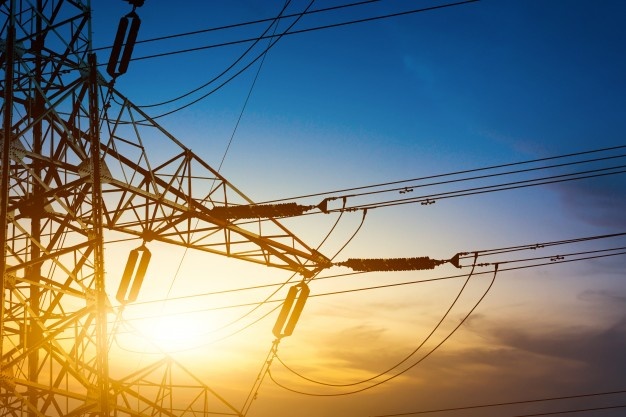From washing machines and ovens to microwaves and fridges, today’s homes are packed with appliances and devices that have become crucial to modern living.
Many of these devices incorporate connected technology that, for instance, enables people to use their smartphones to turn their washing machine on and off.
At the National Renewable Energy Laboratory (NREL) in Colorado, researchers have set up a lab space that undertakes research on “smart energy technologies.”
The Systems Performance Laboratory, which is located in the NREL’s Energy Systems Integration Facility, connects appliances, homes and even communities to what the NREL describes as an “end-to-end energy ecosystem.”
According to the NREL, the incorporation of power generation, energy storage and end loads in the lab enable researchers to simulate “real-world conditions” in a controlled environment.
“In the Systems Performance Lab we have many of the typical devices you’d see in a home… appliances like a refrigerator, a washer, a dryer,” the NREL’s Blake Lundstrom told CNBC’s Sustainable Energy.
“And then we have… the control layer that would go on top of that, so individual controllers at local devices that we can use to make smart decisions about how to dispatch and use those loads. But then we also have all the infrastructure all the way up to the grid.”
Lundstrom went on to add that, “at the most basic level we can do research on how those devices perform, efficiency and so forth.”
Take kitchen appliances. Working with the lab, the NREL states that a business could validate both the features of its smart washing machine and how it would perform in a “brownout scenario” or in areas where there are “high concentrations of rooftop solar power.”
Lundstrom explained that researchers in the lab were able to take ideas on how to control devices or help improve the grid to reality quickly.
This was because teams were able to “demonstrate them in a lab environment and connect them to a simulated, large scale grid.” Working with partners, these ideas could then be deployed in the real world and taken to market as soon as possible.
Looking at the bigger picture, Sara Budinis, a research associate at Imperial College London and the Sustainable Gas Institute, explained to CNBC why energy system models were important.
“An energy system model is a tool that can be used to understand how a decision can affect the energy system,” she said, describing it as a very powerful tool that was based on a lot of data.
“It’s very well suited when you want to compare two options and understand which one is the best,” she added.





